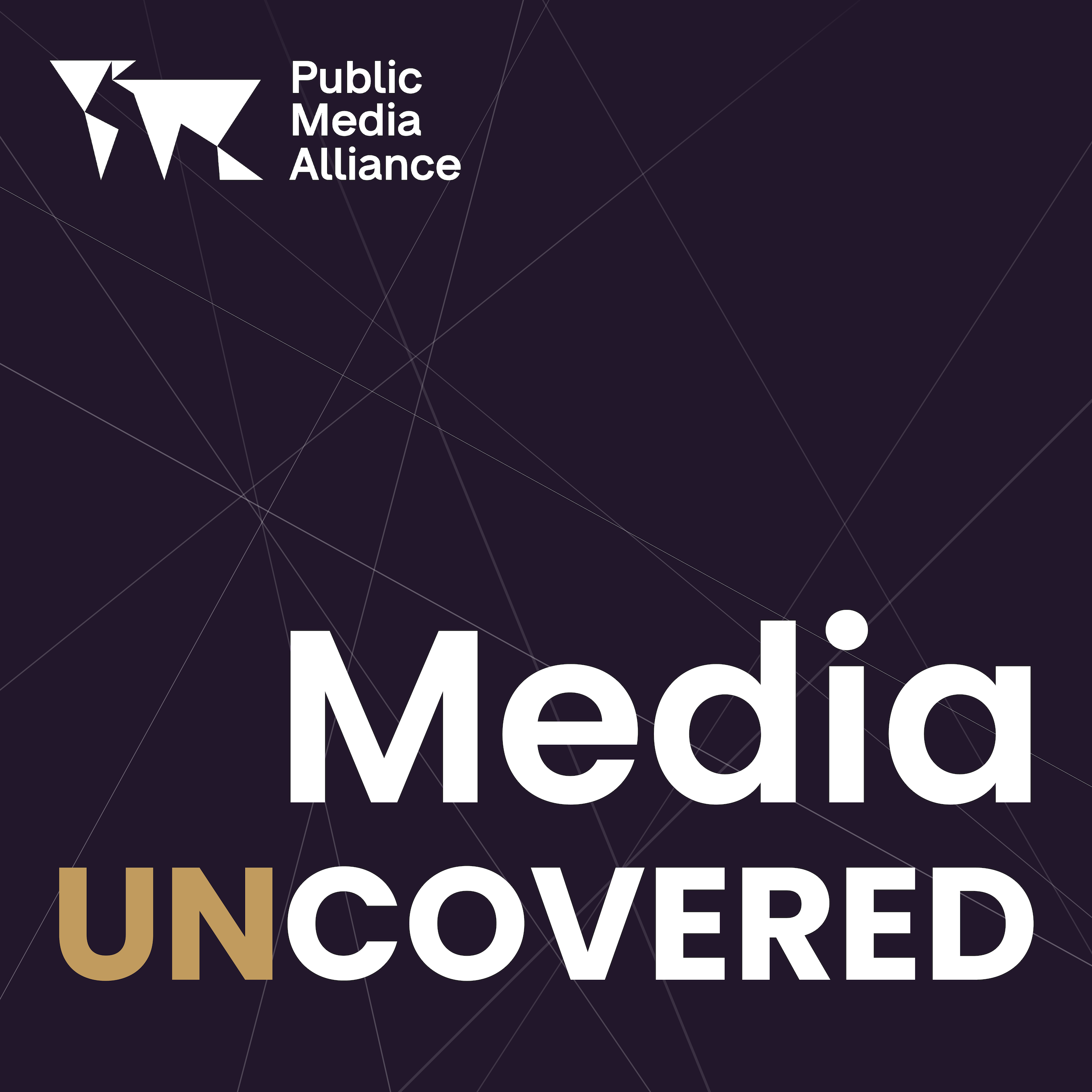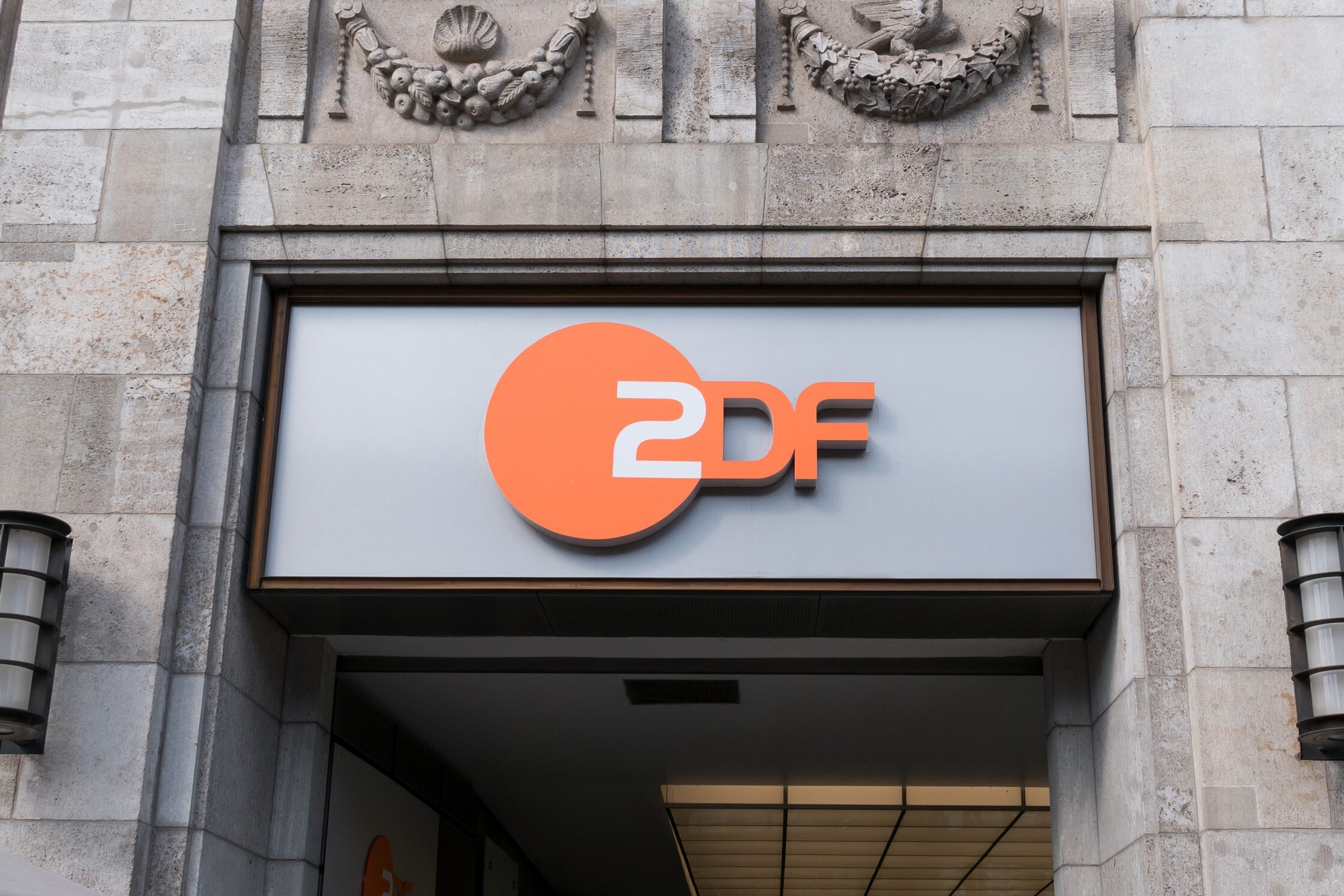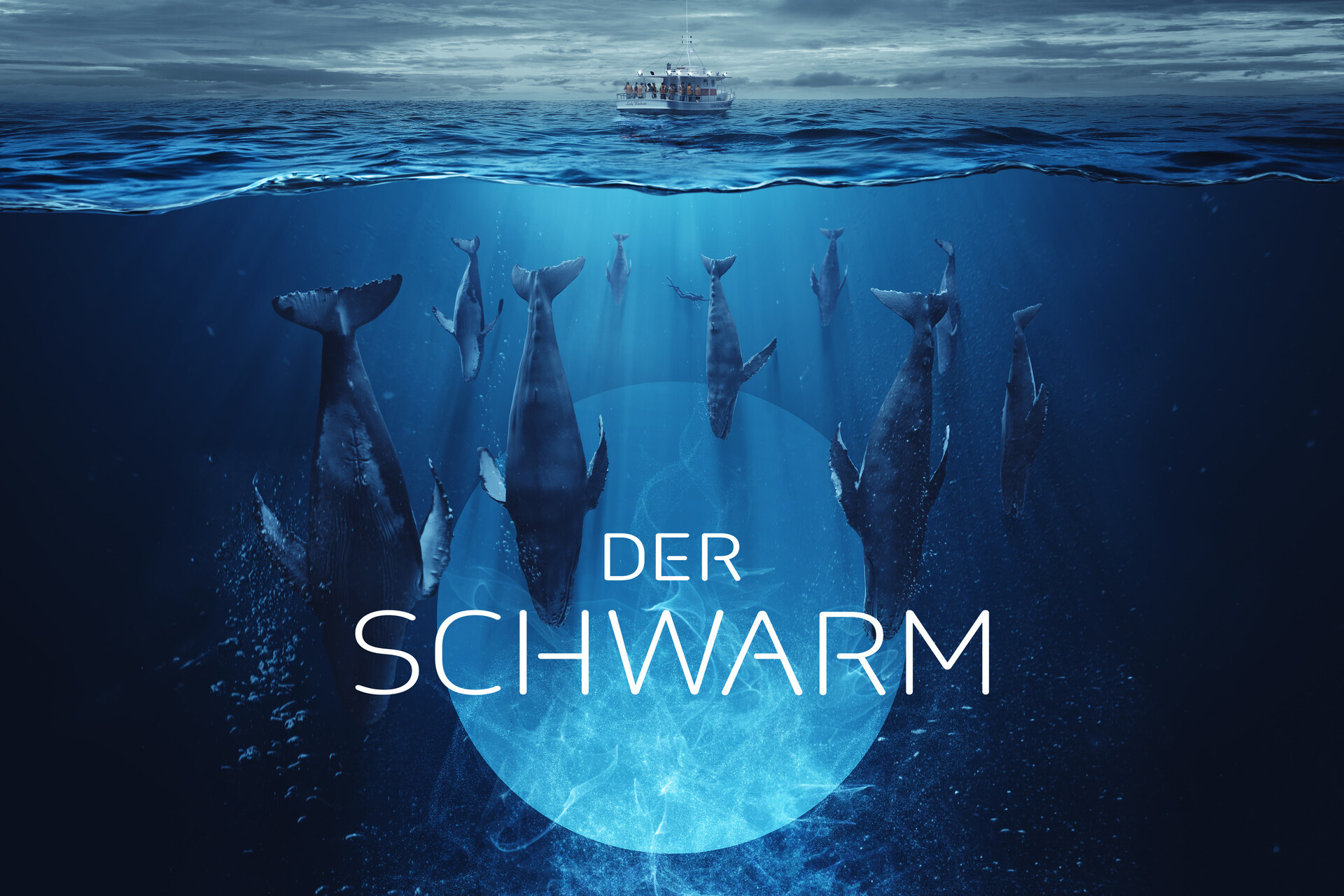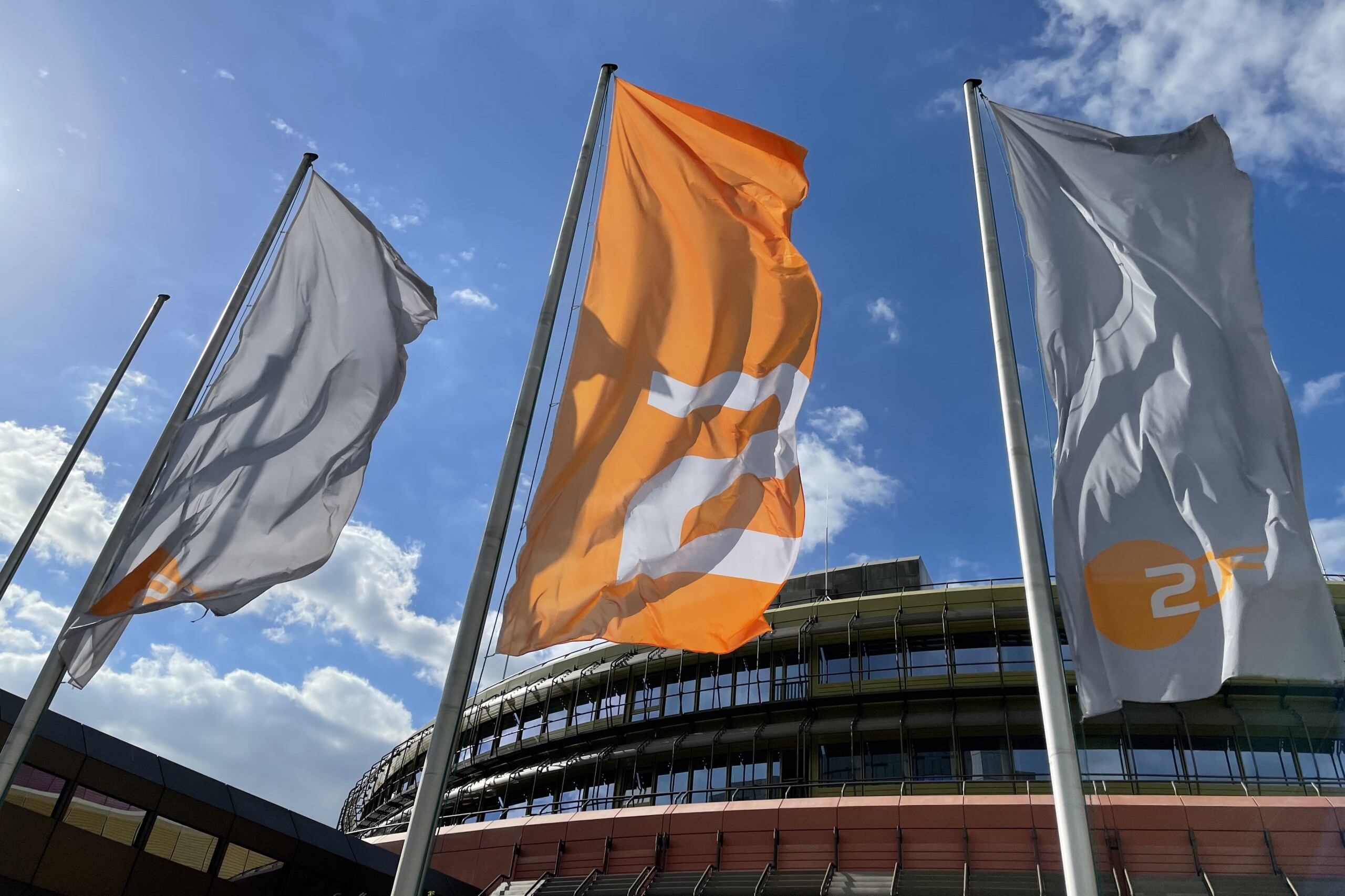ZDF & ARD: Recommended funding increase “challenging”
29th February 2024
The KEF’s recommendation to raise the household levy – which funds ARD, ZDF and Deutschlandradio – by 58 cents per month was described as “a challenge” by ZDF’s Administrative Director while some Prime Ministers have also criticised any form of increase.
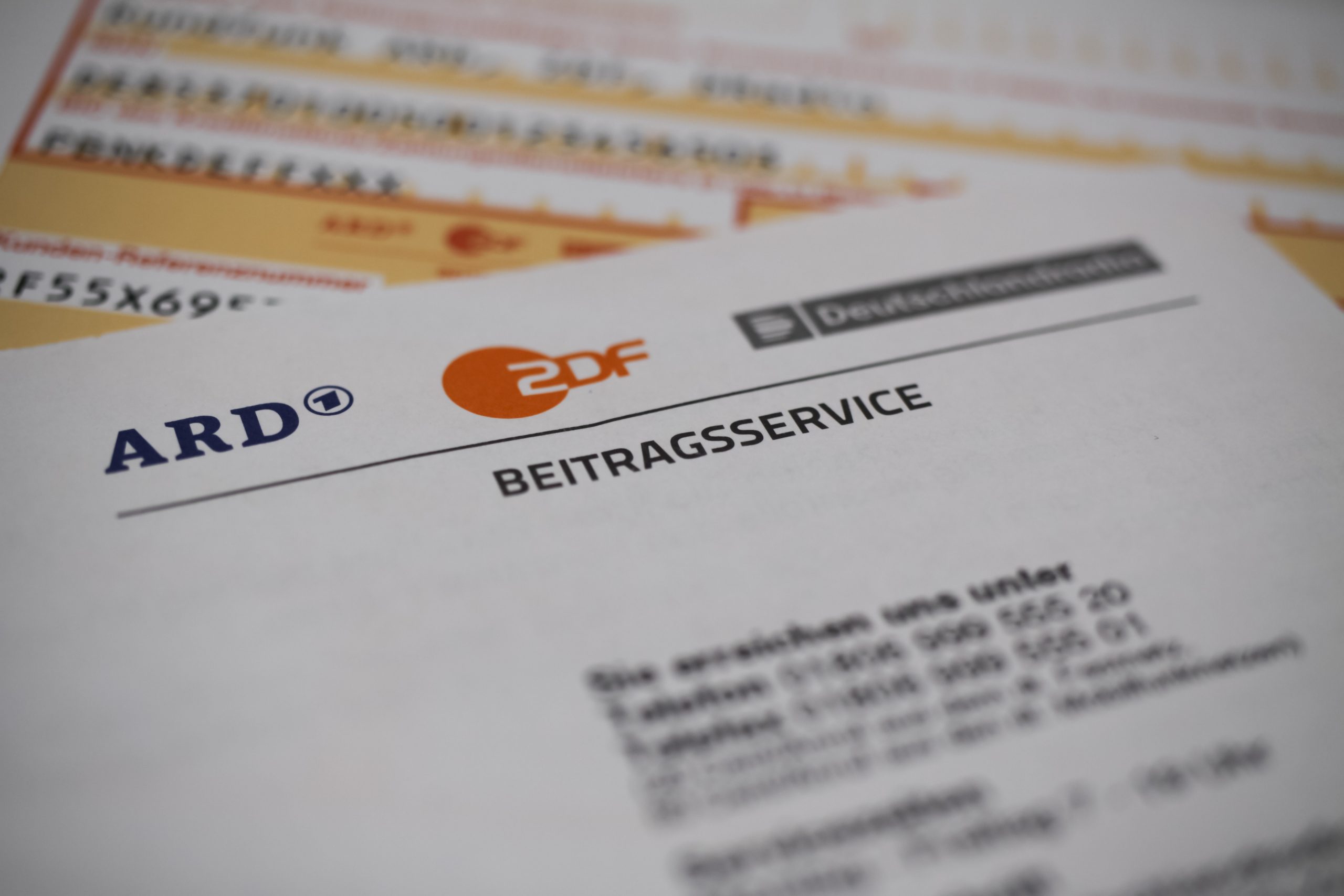
IN BRIEF:
- The independent commission has recommended an increase in the household levy of 58 cents per month.
- The broadcasters themselves had requested an increase in €1.58, meaning the commission’s recommendation is nearly two thirds below what public media wanted.
- ZDF and ARD have both characterised the recommendation as a “challenge”.
- Conversely, several Prime Ministers have outlined their opposition to any increase, making a forthcoming constitutional challenge likely, given states are only allowed to deviate “within narrow limits”.
IN FULL:
A 58-cents-per-month increase in public media funding for ARD, ZDF, and Deutschlandradio has been put forward by the Commission for Reviewing and Determining the Financial Needs of Broadcasters (KEF).
If the new recommendation is approved, it will see each household pay €18.94 per month from 2025 until 2028.
“For contributors, this means an increase of 0.8% per year. This means that the development of contributions is well below the current inflation rate and also below the inflation rate targeted by the European Central Bank,” said Prof. Dr. Martin Detzel, the Chair of the Commission.
Read more: Scrutiny over licence fee mounts again
The recommendation has been met with disappointment by the public media sector as the increase is two thirds lower than the public media entities had requested. They had asked for a new monthly fee of €19.94 per month.
“The KEF’s findings are a challenge for us,” said Karin Brieden, the deputy director and administrative director of ZDF. “It is a real minus, because we had already reported … significantly below the inflation rate. The Commission has made further, very significant cuts.”
Before the recommendation was even published, a number of State Prime Ministers publicly commented their opposition to any increase, a position some have already repeated. It makes likely a repeat of the 2021 Constitutional Court case, where the Saxony-Anhalt state government rejected the KEF’s recommendation.
The fee funds three broadcasters: the ARD, which is a joint organisation of regional public broadcasters, responsible for some of Germany’s most-watched news and entertainment programmes; ZDF, the second national broadcaster, with around 13 percent market share; and the four national stations of Deutschlandradio.
EXPLAINER: How the household levy is decided…
Media policy in Germany is a competency of the states. Germany is divided into 16 states, each headed by its own Prime Minister.
The KEF is an independent commission, constituted of 16 individuals, each appointed by one of Germany’s states for a period of five years. The group is tasked with determining and recommending the amount each household should pay for public media.
It reports to the 16 Prime Ministers every two years, alternately producing a contribution report – where it reviews and recommends public media funding – and a midterm interim report, where the previous recommendation is reviewed and changed if necessary.
In making its decision, one of the first steps is for the broadcasters to report to the KEF “the financial requirements for existing expenditure and development projects” for a four-year period. This report is then reviewed by the KEF, using “various indices”.
Once they have arrived at a consensus, the recommendation is then passed onto the state governments for approval. “A deviation from the proposal is only possible within narrow limits and only with the consent of all [states], for example if the burden on contributors no longer appears appropriate,” according to the KEF. “Verifiable reasons must be given for this.”
“A challenge”: Reaction to the hike
ZDF’s Karin Brieden said the decision was “a real minus”, as the broadcaster’s predicted financial needs that it reported to the KEF was already “significantly below the inflation rate.” But despite this, “the Commission has made further, very significant cuts.”
In the announcement of the new recommendation, the KEF’s Chair said the broadcasters would each have to look carefully at their current outgoings.
“The transformation from the analogue to the digital media world, which is associated with changing usage habits, is an ongoing process,” said Prof. Detzel. “In principle, it must be financed from the existing inventory by setting priorities.”
The KEF also said broadcasters should review their land management, and any new construction or renovation projects should be reviewed.
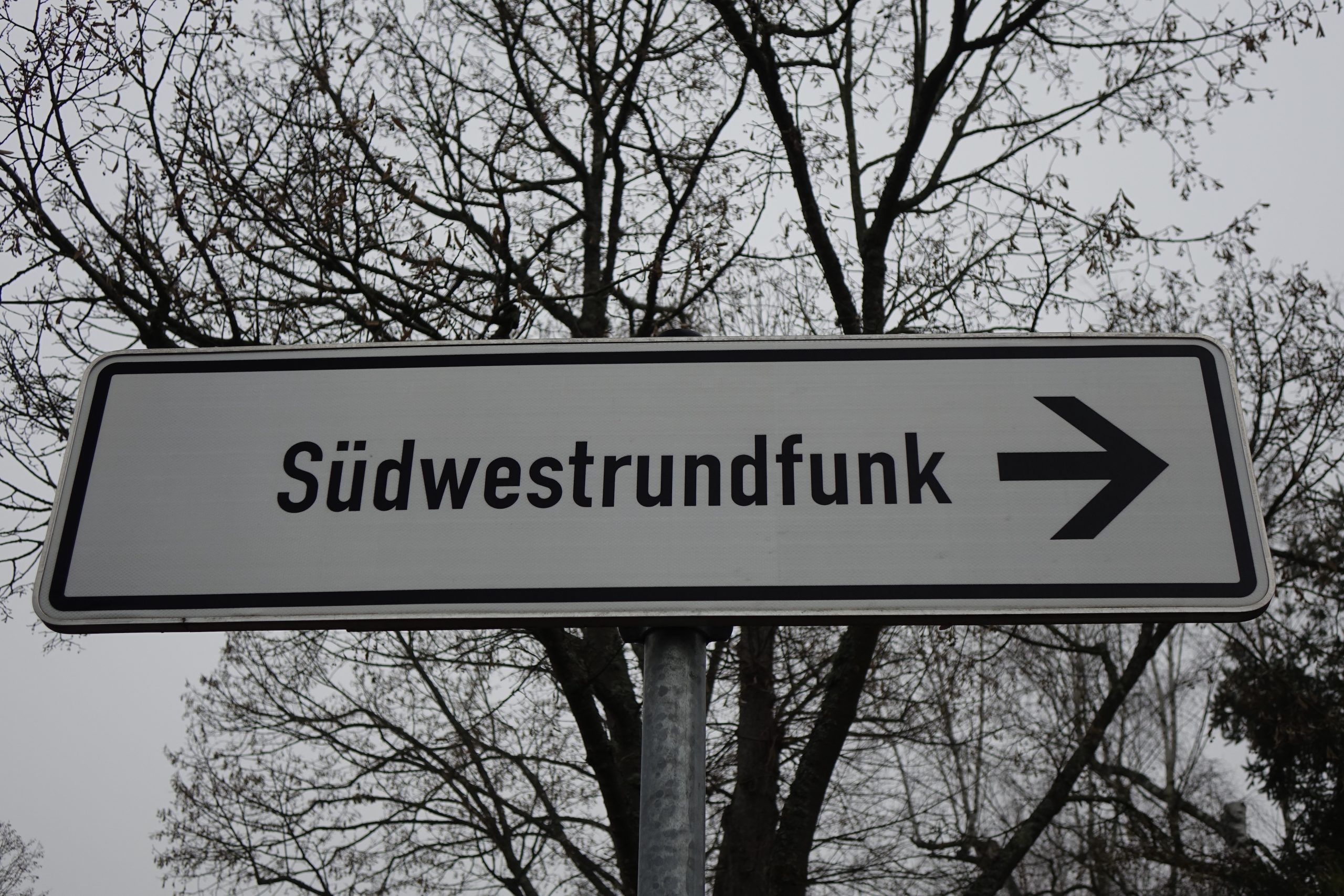
ARD was sober in its outlook. “The specific proposal represents major challenges for us in the future,” said Kai Gniffke, the ARD Chair, and Director General of SWR. “We have more tasks than before. In addition to our linear programs on radio, television and online, we have the task of investing more in digital offerings for younger generations. We owe this to the people who already predominantly use media in the digital space.”
Brieden stressed a positive outlook, saying, “We are rising to this challenge and will continue to offer attractive programs for everyone in the future, despite this limited financial framework.”
Constitutional Court preparing for another decision
The KEF’s recommendation will now go to each state government and parliament to be decided upon. However, it is here that the recommendation is anticipated to stumble.
Before the recommendation was even announced, seven heads of government had indicated they would not support any increase. Deutschlandradio reported that following the announcement, Prime Ministers in Berlin, Brandenburg and Saxony-Anhalt have reiterated their opposition.
But as outlined by the KEF in the next steps, a deviation from the recommended increase is only permissible within “narrow limits”.
“The KEF’s findings are a challenge for us. It is a real minus, because we had already reported … significantly below the inflation rate.” – Karin Brieden, deputy director and administrative director of ZDF.
“The existing procedure is constitutionally required and has been confirmed several times by the constitutional court and also takes into account the European aid regulations,” said Prof. Detzel, in an interview with DWDL.
There is precedent, however, for state governments to oppose the increase. In the previous funding term (2020 – 2024), the government of Saxony-Anhalt did not approve the KEF’s recommendation of an 86 cents increase. It ended up in the Constitutional Court, which in 2021 ruled in the broadcasters’ favour.
A repeat of this constitutional battle now appears likely but under a different context. In 2020, the government of Saxony-Anhalt was an isolated figure. Now, it is just one of nearly half of all state governments to be in opposition.
It also comes ahead of some state elections and European elections later this year, in which the far-right and public media-sceptic AfD party is expected to do well.
Listen toour podcast
Uncovering and exploring the biggest
issues facing public media
Future Council recommendations
Germany’s public media has faced a degree of introspection in recent months. A new State Media Treaty came into force in June 2023, and a Future Council was convened amid a wider effort to engage younger audiences.
The Future Council submitted its first report in January this year, in which it suggested substantial reforms. As reported by ARD’s news programme, Tagesschau, the reforms include:
- Establishing ARD as an umbrella institution, responsible for national coverage, avoiding duplication amongst the nine regional networks, allowing regional networks to focus more on local content.
- Reforming management structures within ARD, ZDF and Deutschlandradio away from a directorship, towards a model where leadership is spread amongst several executives.
- Establishing media councils at each institution to ensure each are living up to their mandate.
- Moving towards more digital content, with each public broadcaster working together to establish a coherent, standardised digital platform.
- Ensuring the content is unique to public media, and different from private media, with content that emphasises democracy.
- Altering how the KEF sets the household levy, with public broadcasters prevented from declaring their financial needs.
The recommendations were supported by the Radio Council of Deutschlandradio.
ANALYSIS:
Viable and effective public service media require a source of robust, sustainable public funding. But the dialogue and rhetoric in Germany is indicative of many public media across Europe and the world: stresses on public funding amid a wider cost-of-living crisis and political pressures, and a need to become more digitally-aligned amidst efforts to reach younger audiences.
The past twelve months have already seen many public media organisations announce cuts and job losses – including the ABC, the BBC, CBC/Radio-Canada, Channel 4, NPR, and Swedish Radio – demonstrating the difficult financial environment they continue to operate within. And yet, within these pressurising conditions, public media strive to continue with their missions, and enact long-term plans to pivot to digital.
With real term funds shrinking for ARD, ZDF and Deutschlandradio, such an approach could also be necessary, but at what cost? Reduced funding could impact staffing levels, and both the quality and quantity of the content they produce. It could hinder public media’s efforts to adapt to the digital age, becoming more digitally-oriented organisations.
At a time when the value of public service media has never been more pronounced – as a source of trusted and independent news and information, providing quality and diverse content for all audiences – such cuts can have a substantial impact.
Related Posts
16th June 2023
ZDF, ORF and SRF are once again increasing volume in co-productions
The public television stations, ZDF,…
